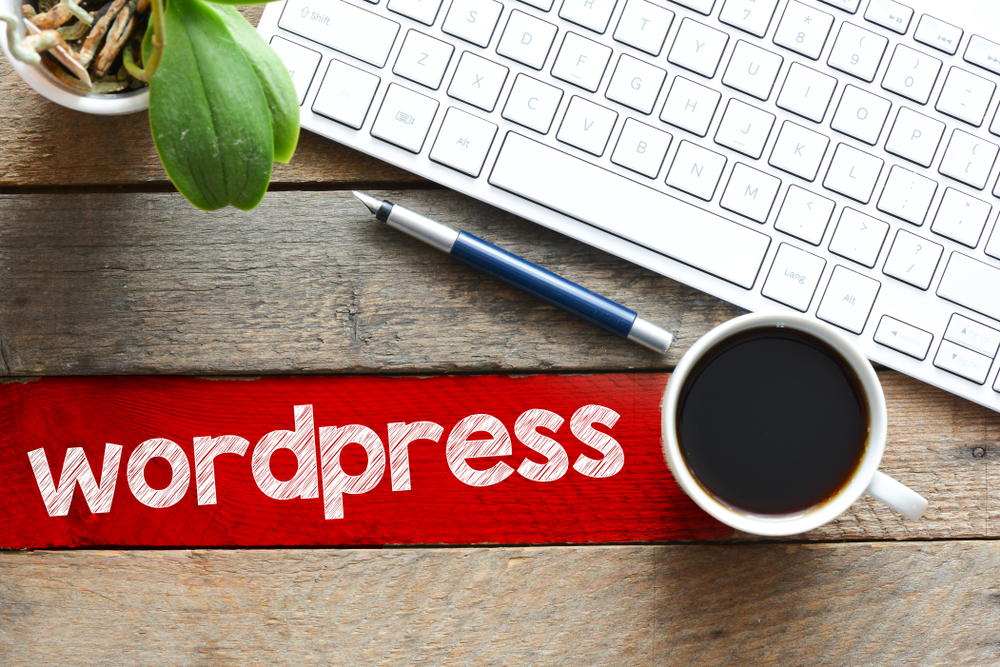
WordPress has undoubtedly become one of the most popular content management systems (CMS) available today. With its user-friendly interface and countless customization options, it has empowered millions of website owners to create stunning and functional websites. However, to take full advantage of WordPress's capabilities, one must have a solid understanding of customization and maintenance. In this article, we will discuss some essential tips and tricks to help you master the art of WordPress customization and maintenance.
1. Choose the Right ThemeThe first step in customizing your WordPress website is selecting the right theme. There are thousands of WordPress (or WP) themes available, both free and premium, catering to different industries and design preferences. It is crucial to choose a theme that aligns with your website's purpose and displays your content effectively. Take the time to research and test different themes before settling on the best one that suits your needs.
2. Customize the Appearance
One of WordPress's most significant advantages is its flexibility when it comes to website appearance. You can customize your website's appearance easily using the WordPress (the blogging platform) Customizer. This feature allows you to make real-time changes to various elements such as colors, fonts, logo, background images, and more. Additionally, if you have knowledge of HTML and CSS, you can further customize your theme by editing the code directly.
3. Extend Functionality with Plugins
WordPress plugins are like magic tools that enhance your website's functionality without requiring any coding skills. There are thousands of plugins available in the WordPress Plugin Repository, covering a wide range of features such as SEO optimization, contact forms, performance optimization, and social media integration, to name a few. Before installing a plugin, ensure it is compatible with your WordPress (the platform for bloggers) version and regularly updated by the developer.
4. Optimize Website Performance
A slow-loading website can drive visitors away and negatively impact your search engine rankings. Therefore, optimizing your WordPress (WP) site's performance is crucial. Start by choosing a reliable hosting provider and a lightweight theme. Additionally, you can use caching plugins, optimize images, minimize CSS and JavaScript files, and enable browser caching to improve your website's loading speed. Regularly monitor your website's performance using tools like Google PageSpeed Insights or GTmetrix.
5. Ensure Website Security
WordPress, being an immensely popular CMS, is often targeted by hackers. To protect your website from potential threats, it is crucial to follow some security best practices. Ensure you have a reliable and up-to-date security plugin installed, such as Wordfence or Sucuri. Regularly update WordPress, themes, and plugins to their latest versions to avoid vulnerabilities. Use strong and unique passwords, enable two-factor authentication, and regularly backup your website's data in case of any security breaches.
6. Optimize for SEO
Search Engine Optimization (SEO) plays a vital role in driving organic traffic to your WordPress website. Luckily, there are numerous tools and plugins available that can assist you in optimizing your content for search engines. Install an SEO plugin like Yoast SEO or Rank Math to help you manage meta tags, sitemaps, and optimize your content for keywords. Conduct proper keyword research and incorporate them naturally into your content to improve your website's search engine rankings.
7. Regularly Backup Your Website
No matter how well you secure your website, it is essential to create regular backups. This ensures that you can quickly restore your website in case of any data loss, accidental deletion, or hacking attempts. Many hosting providers offer automatic backups, but it is wise to have an additional backup solution in place. You can use plugins like UpdraftPlus or BackWPup to schedule automatic backups of your WordPress database and files to a remote location or cloud storage.
Frequently Asked Questions:
Q1: Is WordPress free?A1: Yes, WordPress itself is free to use. However, you might need to invest in themes, plugins, hosting, and domain registration, which may incur costs.
Q2: How do I update plugins in WordPress?
A2: To update plugins, navigate to the Plugins section in your WordPress admin dashboard. You will see a notification if updates are available. Simply select the plugins you want to update and click the "Update" button.
Q3: Can I build an eCommerce store using WordPress?
A3: Yes, you can create a fully functional eCommerce store using WordPress by integrating popular plugins like WooCommerce or Easy Digital Downloads.
Q4: Can I customize the code in WordPress?
A4: Yes, if you have knowledge of HTML, CSS, and PHP, you can customize your WordPress theme by editing the code directly. However, it is recommended to use a child theme to avoid losing your changes during theme updates.
Q5: How often should I update WordPress?
A5: It is crucial to keep WordPress, themes, and plugins updated to ensure they are running on the latest security patches and bug fixes. Aim to update them regularly whenever new updates are available.
In conclusion, mastering WordPress customization and maintenance requires a combination of hands-on experience, knowledge of best practices, and staying updated with the latest trends. By following the essential tips and tricks mentioned in this article, you can elevate your WordPress website to new heights of functionality, performance, and security. Happy customizing and maintaining your WordPress website!
Other useful resources
- https://www.wordpress24plus.com
- https://www.wordpress24plus.com/services/
- https://en.wikipedia.org/wiki/WordPress